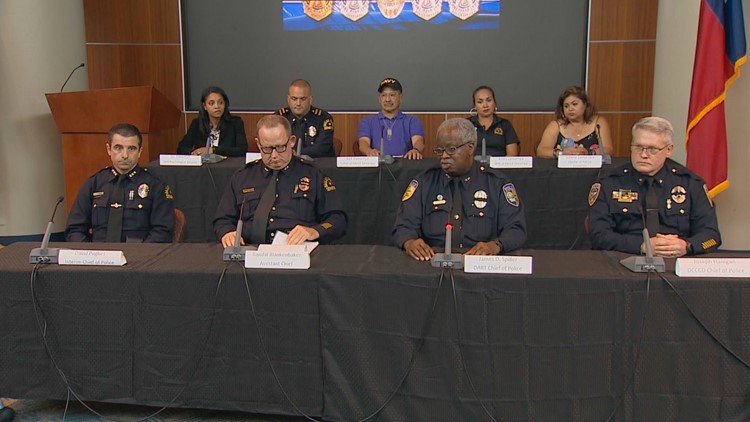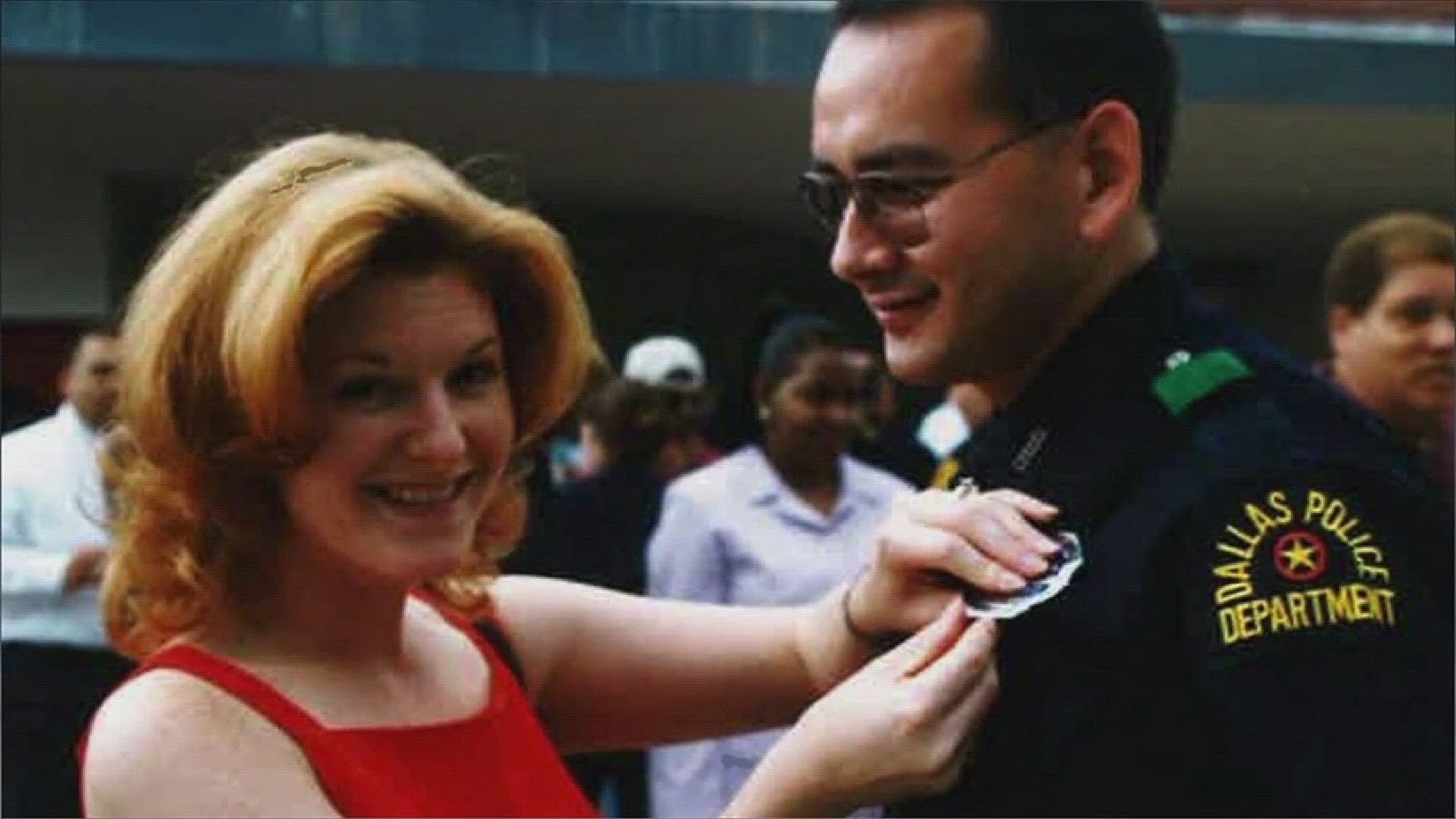Investigators plan to hand over the investigation of last July’s downtown attack to the Dallas County District Attorney’s Office as soon as next week, police officials said Friday.
The case will be presented to the grand jury. It’s routine procedure in police shootings in Dallas County for cases to go before a grand jury.
In the final confrontation, just 44 feet separated gunman Micah Johnson and the SWAT officers trying to end the standoff.
Investigators recovered 111 shell casings from that hallway inside El Centro College, Assistant Chief Randy Blankenbaker said during a panel discussion at police headquarters, marking the one-year anniversary of the attack.
“That gives you some type of indication of the back and forth gunfight,” he said.
The attack came at the end of a peaceful protest against fatal police shootings in other cities. Five officers died in the attack. The standoff came to a deadly end for Johnson when police sent in a remote-controlled robot with plastic explosives – the first time ever in domestic police history that a suspect has been killed that way.
“In my opinion, had we not done that, there was more potential for police officers or innocent civilians to be killed,” he said.
A total of 200 rounds were fired during the attack, Blankenbaker said. He did not know how many of those rounds were fired by Johnson, a former Army reservist.
In the 24 hours following the attack, Blankenbaker said investigators interviewed more than 240 people, most of them police officers. The investigation included collecting body camera footage and guns police officers who had fired their weapons.
“Some of these detectives were there for around 36 hours before they took their first break,” he said.
He said investigators downloaded video from 22 squad cars. Twelve body cameras also contained video that was critical to police piecing together a timeline of the events, he said.
Investigators reviewed about 500 video files, including cell phone videos, private surveillance and video from the community college.
“A lot of these videos were of their brothers in blue actually being murdered,” Blankenbaker said.
Interim Police Chief David Pughes said the way department manages protests changed as a result of the attack.
On the night of the protest, then Police Chief David Brown decided not to allow officers to wear heavy vests with rifle plates because he did not want them to look too militaristic.
Those vests could have afforded them protection against rifle rounds. A rifle round can go right through a standard-issue vest.
At least three of the officers who died – Senior Cpl. Lorne Ahrens and Officers Patrick Zamarripa and Michael Krol – had the extra body armor with them. They were not wearing it because of Brown’s decision.
Pughes said as a result of the protest, the department realized that officers assigned to those types of protests were being very “vulnerable position” with little cover.
“This is safety gear for our officers and that’s what important for officers, not the appearance that the officers look like,” he said.
Members of Zamarripa’s family also took part in the panel.
Rick Zamarripa, the slain officer’s father, blamed social media for creating the poisonous atmosphere that led to the attack. He recently filed a lawsuit against Facebook, Google and Twitter, alleging that they are sponsors of terrorism.
“They’re providing a platform for these radical groups to communicate and organize,” he said. “My son dedicated his life to protecting everybody. Police officers need protection, too. My goal, my mission is no more. This has to stop.”
Valerie Zamarripa, the slain officer’s mother, added, “All this fighting and ugliness is not going to bring Patrick back."



